How NHS Bedfordshire is building a paperless hospital
Xerox has helped the Trust cut down its use of paper records, unlocking benefits for doctors and clinicians


For years, organisations have dreamed of the paperless office. IT managers fantasise about doing away with the racks of filing cabinets and storage boxes containing hard copies of contracts, purchase orders, financial statements and other business ephemera. Truly eliminating paper from an organisation’s workloads can be a daunting – and often impossible – task, but the benefits of document digitisation in terms of productivity, security and collaboration are well established.
For healthcare organisations, these benefits can be even more pronounced; hospitals and doctors’ surgeries are notorious for their somewhat anachronistic reliance on physical forms and documents, and even the slightest efficiency gains can have life-saving results for patients. Sadly, the healthcare sector also tends to have more difficulty than most when it comes to transformation projects. Budgets have little wiggle room for new ventures, and any new system must meet stringent regulatory requirements.
In order to help address these difficulties and start working towards the utopian vision of a paperless facility, Bedfordshire Hospital NHS Trust has been working with Xerox to roll out a three-pronged system designed to cut down its paper usage and increase the level of digitisation throughout its campus.
The centrepiece of the project is MediViewer – an electronic document management system for handling patient records, which Xerox is managing on the Trust’s behalf. This is complemented by an on-campus scan centre to digitise paper documents, as well as a system providing electronic access to scanned data.
Like most healthcare organisations, the Trust’s main priority is providing clinicians with fast and accurate data to support the diagnosis and treatment of patients, and the inefficiency of analogue workflows was a key driver behind its desire to implement a more modern system, according to Josh Chandler, associate director of IT for the Trust.
“There are some inherent issues that exist when you have paper, which I think many healthcare providers have just grown accustomed to dealing with,” he says. “Generally, I find paper generates more paper. And so we need a way of digitising the historical records, but also creating a mechanism to stem the flow of the creation of more paper.”
Data security was also a key concern. Physical documents can be lost, tampered with or destroyed, which not only impedes the efficient delivery of care but also runs the risk of sensitive and highly protected medical data falling into the wrong hands. Digital medical records, he says, can be protected much more easily and comprehensively.
Get the ITPro daily newsletter
Sign up today and you will receive a free copy of our Future Focus 2025 report - the leading guidance on AI, cybersecurity and other IT challenges as per 700+ senior executives
“I won't say it’s impossible, but it’s a lot harder to simply lose digital information,” he says; “certainly a lot harder than it is to lose a piece of paper within a medical record.”
A scanner quickly
One of the main factors in the hospital’s decision to go with Xerox for the delivery of the system was that the company was seen as a safe pair of hands, thanks to the fact that it had previously rolled out similar systems for other NHS organisations. One of these was Luton and Dunstable hospital, which Bedfordshire NHS Trust merged with in April last year, and Chandler’s team consulted with colleagues both there and at Worcestershire Acute Hospitals NHS Trust prior to making the decision.
Another advantage he cites was the fact that Xerox provided an end-to-end managed service, rather than a standalone software package, but Chandler is also quick to point out that the MediViewer software itself ticked all of the Trust’s main boxes as well.
“It provided us with all of the flexibility, from a technological point of view, that we wanted; provision of integration with other systems and adherence to standards that are relevant now. But also the dynamic nature of their development team worked for us with what we were aiming to achieve in the coming years. The functionality met our requirements, and ease of use was a key component of that.”
Since starting the rollout in September last year, the system has been deployed across six departments within the hospital, including paediatrics, gynaecology and diabetes. More than 16,500 patient records have been scanned, and Chandler says benefits are already being seen by Trust staff. The ability to access digital records from a wider variety of locations has allowed clinicians to conduct more remote consultations, making it easier to care for patients while mitigating the spread of COVID, and the system has also reduced logistical pressures within the hospital itself.
“Normally speaking, there was an area within the paediatric service with benching on the side,” Chandler explains, “and it was always completely taken up with patient notes that had been tracked in for that day's clinics. That's now all completely empty, because it's all accessible through a computer.”
Administrative staff throughout the Trust have also reported that not having to order, organise and physically transport vast reams of paper records and notes has given them more time to focus on other tasks. It’s even made their shifts less painful in a literal sense, as Chandler reveals.
“We had nurses carrying around reams and reams of notes,” he says, “and actually, that's not a benefit that we foresaw, but it's been mentioned by a few clinical staff; not having to carry around notes – and often heavy notes – has really helped them in their day-to-day.”
RELATED RESOURCE
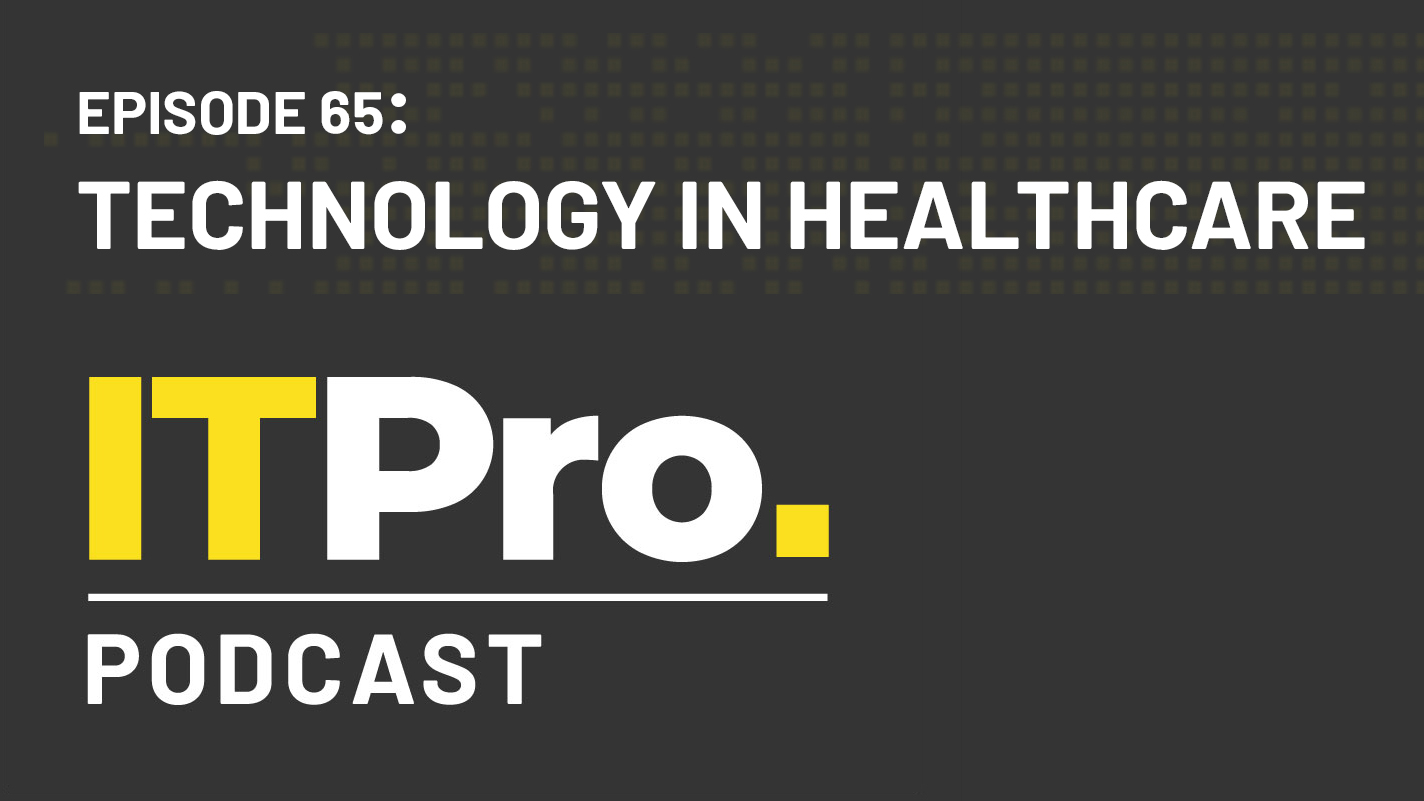
The IT Pro Podcast: Technology in healthcare
Now, more than ever, IT is essential for transforming the medical sector
As with any new technology, the rollout of this system hasn’t been entirely without challenges; one particular bugbear that Chandler highlights is integrating MediViewer with some of the Trust’s legacy IT systems, which may not support newer standards. He was also keen, he said, to make the process of scanning existing records as efficient as possible, while also making sure that the results remained accessible for staff.
“That was one of the lessons learned that was shared with us from one of the previous trusts we had engaged with, because the indexing of their records was causing them significant problems,” he says. “They wanted to limit the amount of cost and time coming from the scanning process, but it meant that clinicians were often dealing with a huge, long PDF that they have to scroll through and they can't really search.”
In order to avoid this, the Trust is making use of optical character recognition (OCR) technology as part of the scanning process, to help with categorising pages into sections and index them in the system. This makes it easier for clinicians to navigate the system, and also prevents delays and bottlenecks at the scanning bureau – although Chandler jokes that “there's no technology on the market that can read the writing of a doctor; there's very few doctors that can read the handwriting of doctors!”
Pushing at an open door
In many digital transformation projects, user education and adoption can be as much of a challenge as technical integration, but according to Chandler, the Trust has been actively anticipating the rollout of the new system, with staff looking forward to going live with it.
“Often in organisations like our own, of the complexity and size that we are, that end user buy-in is sometimes very difficult to achieve,” he explains. “But actually, I think that Bedford as a site was in some ways behind the curve, and it really did give many of the clinicians an appetite for digitisation and the strategy that we were adopting.
“This has meant in most areas we've gone live with, we've been pushing against an open door, which has been great, but it would be remiss of me not to reflect that as a challenge that's experienced for most projects like this.”
RELATED RESOURCE

The people factor: A critical ingredient for intelligent communications
How to engage employees in digital transformation
The Trust is about a quarter of the way through rolling out MediViewer across its estate, he says, and expects it to be live across all key systems by the end of September, barring any major COVID-related disruptions. This will be followed by moving to an on-demand scanning model driven by the new scan centre, but after that, the Trust has further ambitions.
The next step in its plan is hooking MediViewer up to its electronic patient record systems, allowing it to capture more data that can be used to generate further insights and reporting. Chandler says he wants to get away from what he calls ‘flat’ data and integrate the hospital’s systems with data streams from across the wider healthcare community to help build a more holistic picture of regional trends.
In addition, he says he’s looking to expand clinicians’ ability to access the new system remotely, as well as examining how to integrate it with Luton and Dunstable’s systems to create a cross-site solution for the entire Trust.
“I think this forms a basis for much of the work that we're now going to be doing, simply by virtue of the fact that it presents all of that historical information that's held about patients in an electronic format that we can access quite fluidly from a range of locations,” he says, “and I think that for me, this was a key step in our digitalisation journey.”
Adam Shepherd has been a technology journalist since 2015, covering everything from cloud storage and security, to smartphones and servers. Over the course of his career, he’s seen the spread of 5G, the growing ubiquity of wireless devices, and the start of the connected revolution. He’s also been to more trade shows and technology conferences than he cares to count.
Adam is an avid follower of the latest hardware innovations, and he is never happier than when tinkering with complex network configurations, or exploring a new Linux distro. He was also previously a co-host on the ITPro Podcast, where he was often found ranting about his love of strange gadgets, his disdain for Windows Mobile, and everything in between.
You can find Adam tweeting about enterprise technology (or more often bad jokes) @AdamShepherUK.
-
 Bigger salaries, more burnout: Is the CISO role in crisis?
Bigger salaries, more burnout: Is the CISO role in crisis?In-depth CISOs are more stressed than ever before – but why is this and what can be done?
By Kate O'Flaherty Published
-
 Cheap cyber crime kits can be bought on the dark web for less than $25
Cheap cyber crime kits can be bought on the dark web for less than $25News Research from NordVPN shows phishing kits are now widely available on the dark web and via messaging apps like Telegram, and are often selling for less than $25.
By Emma Woollacott Published
-
 Healthcare’s next chapter
Healthcare’s next chapterwhitepaper Revolutionizing how you care with EPR experts you can trust
By ITPro Published
-
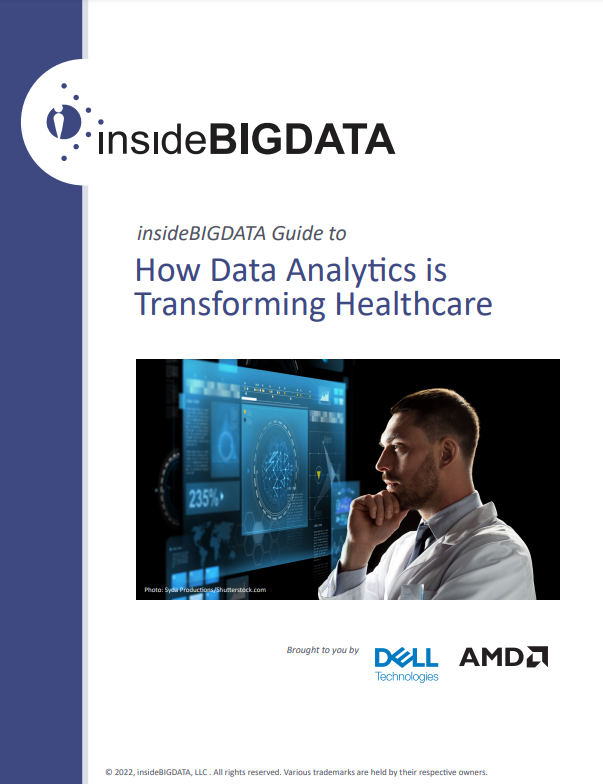 How data analytics is transforming Healthcare
How data analytics is transforming HealthcareWhitepaper How companies can adapt their strategy to integrate data analytics
By ITPro Published
-
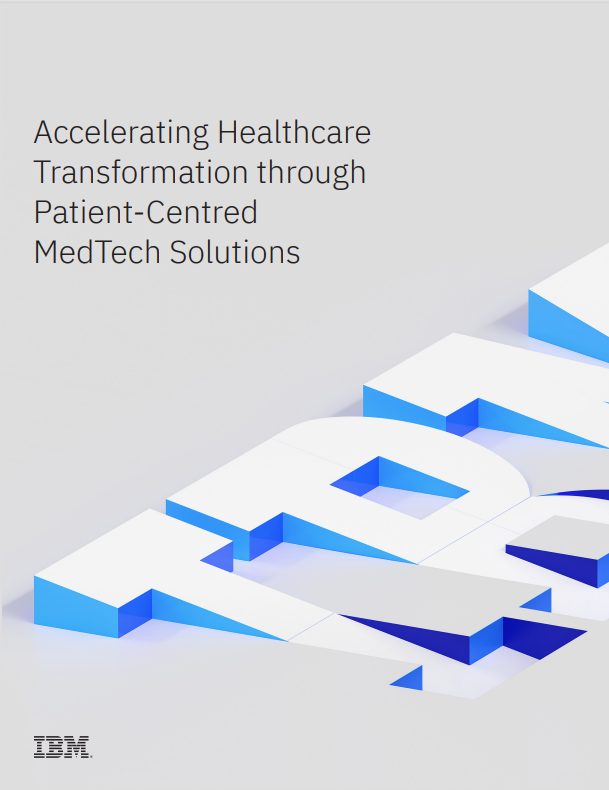 Accelerating healthcare transformation through patient-centred medtech solutions
Accelerating healthcare transformation through patient-centred medtech solutionsWhitepaper Seize the digital transformation opportunities to streamline patient care and optimise patient outcomes
By ITPro Published
-
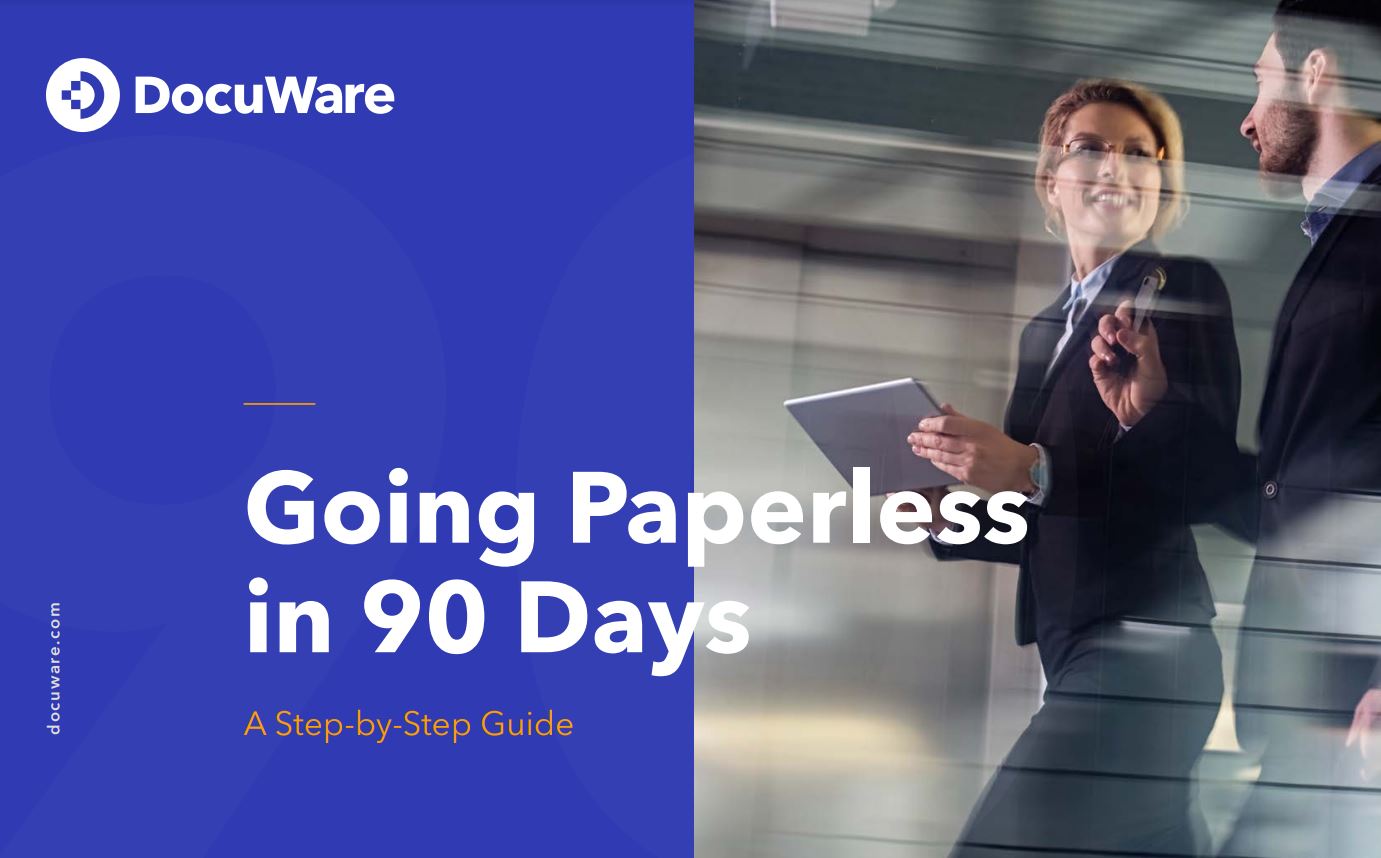 Going paperless in 90 days
Going paperless in 90 daysWhitepaper The three steps to quick and effective digitisation
By ITPro Published
-
 Allurion launches remote patient weight-loss monitoring service
Allurion launches remote patient weight-loss monitoring serviceNews The end-to-end weight management solution is exclusive to Allurian’s partner clinics
By Praharsha Anand Published
-
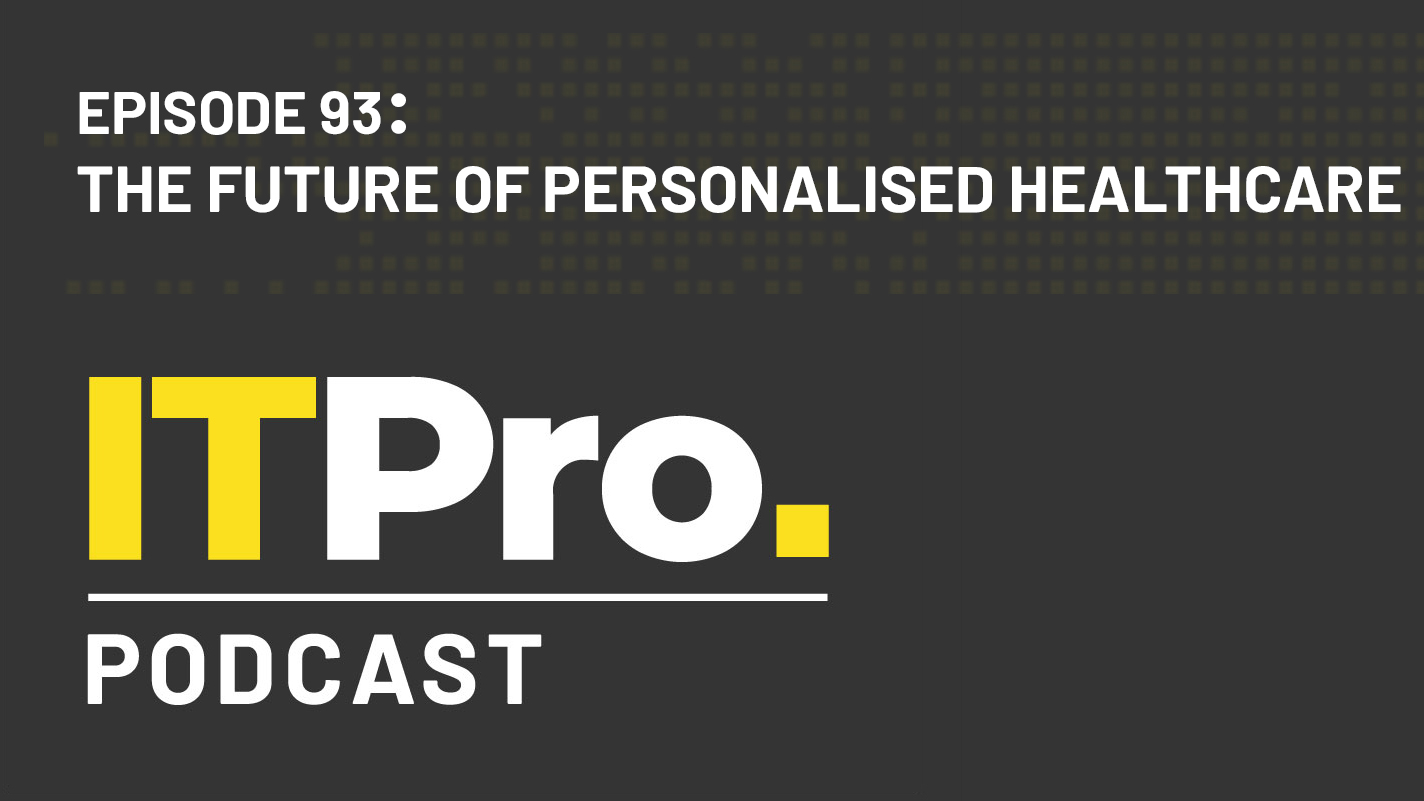 The IT Pro Podcast: The future of personalised healthcare
The IT Pro Podcast: The future of personalised healthcareIT Pro Podcast How data analysis, APIs and cloud architectures are keeping us alive
By IT Pro Published
-
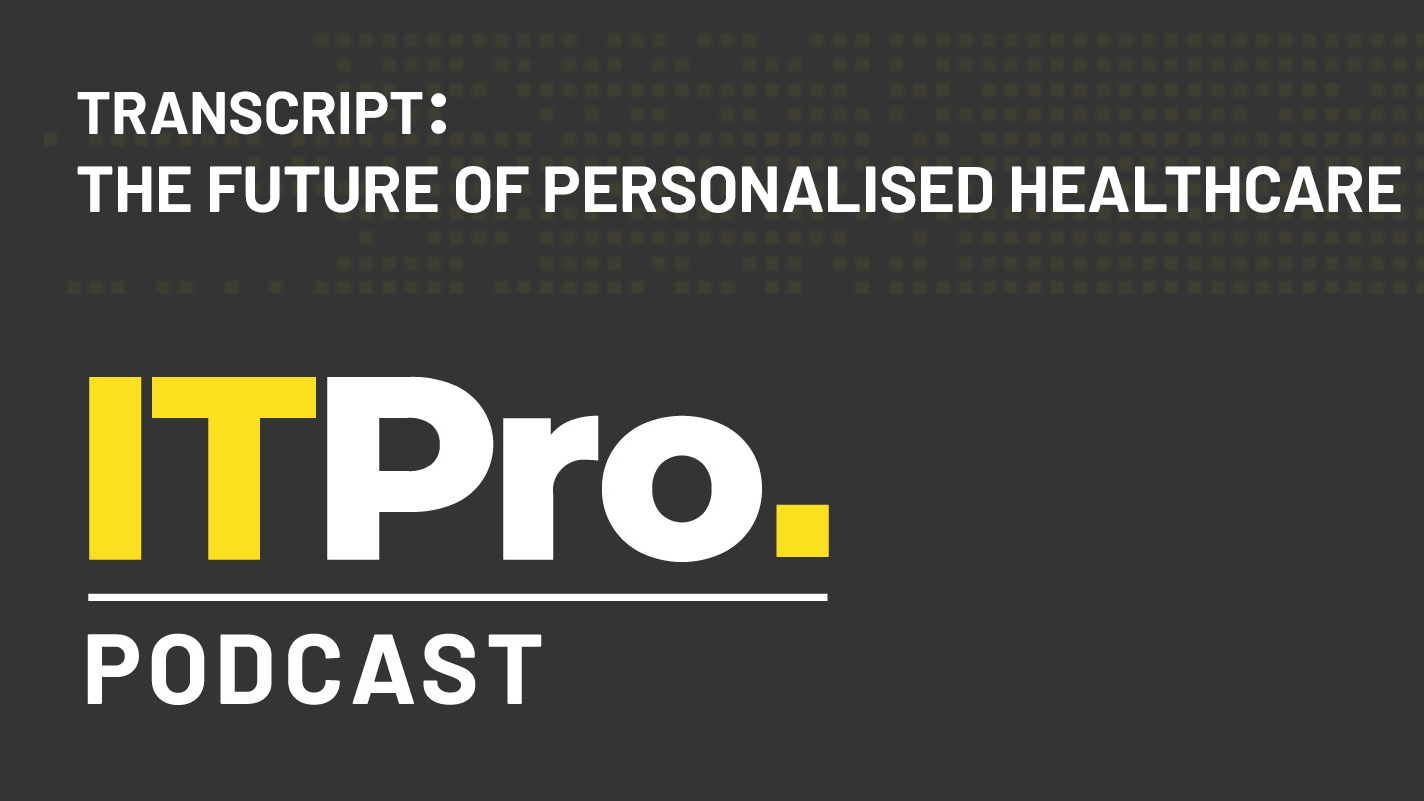 Podcast transcript: The future of personalised healthcare
Podcast transcript: The future of personalised healthcareIT Pro Podcast Read the full transcript for this episode of the IT Pro Podcast
By IT Pro Published
-
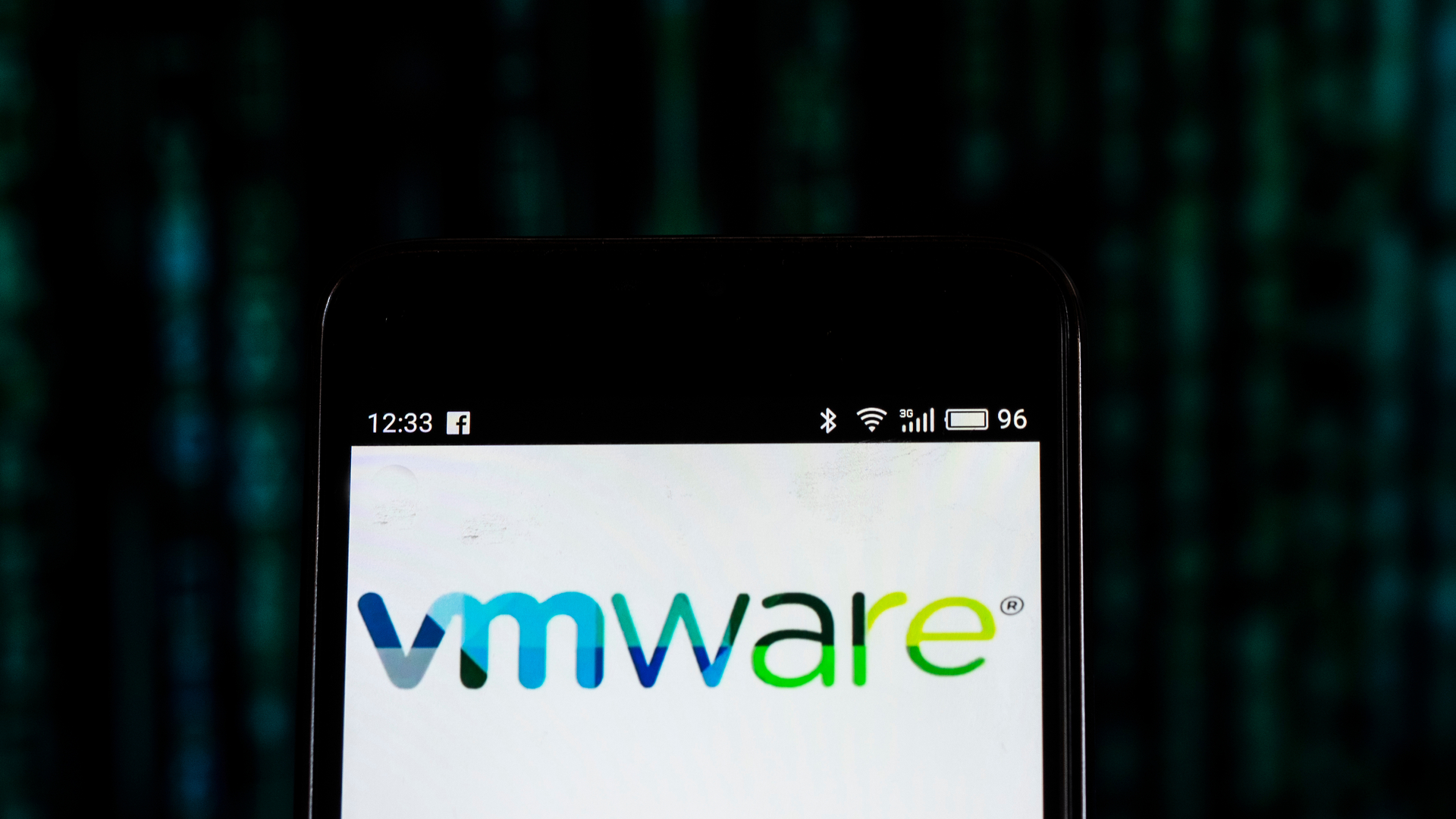 GE Healthcare and VMware partner to promote cloud adoption in healthcare
GE Healthcare and VMware partner to promote cloud adoption in healthcareNews GE Healthcare’s OnWatch Network Edge will feature VMware’s SD-WAN technology
By Praharsha Anand Published